Table of Contents
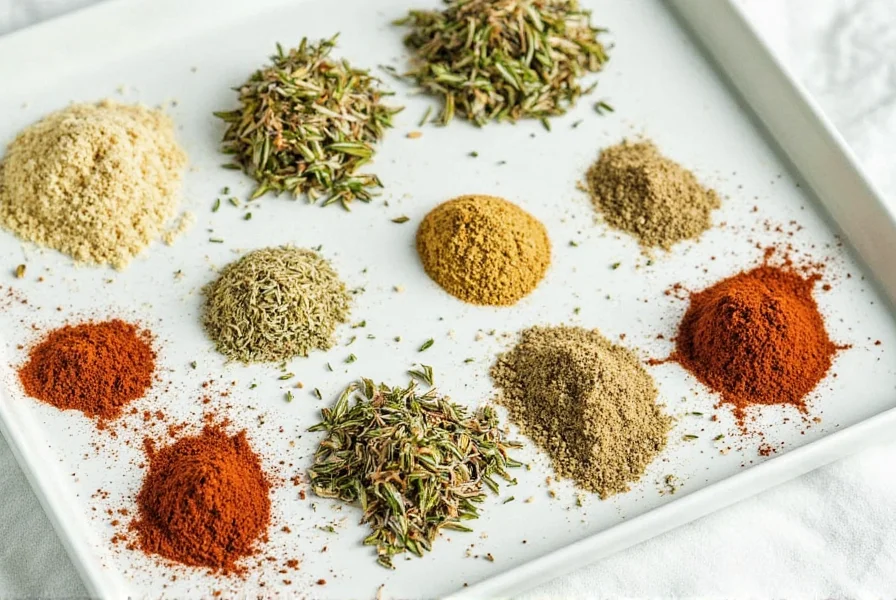
10 Essential Rosemary Seasoning Tips
- Use sparingly: A little goes a long way. Start with a pinch and adjust to taste.
- Fresh vs. dried: Fresh rosemary is milder; dried is more concentrated. Adjust quantities accordingly (about 1 tsp dried = 1 tbsp fresh).
- Add early when roasting: For meats and vegetables, add rosemary at the beginning of cooking so the flavors infuse deeply.
- Add late when sautéing: If you're making sauces or quick dishes, toss in chopped rosemary near the end for a bright flavor.
- Infuse oils: Create homemade rosemary oil by simmering olive oil with sprigs on low heat. Strain and store for flavorful dressings or drizzling over pizza.
- Make compound butter: Mix finely chopped rosemary into softened butter for a luxurious finish on steaks or baked potatoes.
- Pick the best sprigs: Look for firm, green leaves without signs of wilting or yellowing.
- Dry your own: Tie fresh sprigs together and hang them upside down in a cool, dry place for homemade dried rosemary.
- Store properly: Keep dried rosemary in an airtight container away from sunlight to preserve potency.
- Avoid overprocessing: Crush or chop rosemary just before use to release the essential oils for maximum flavor.
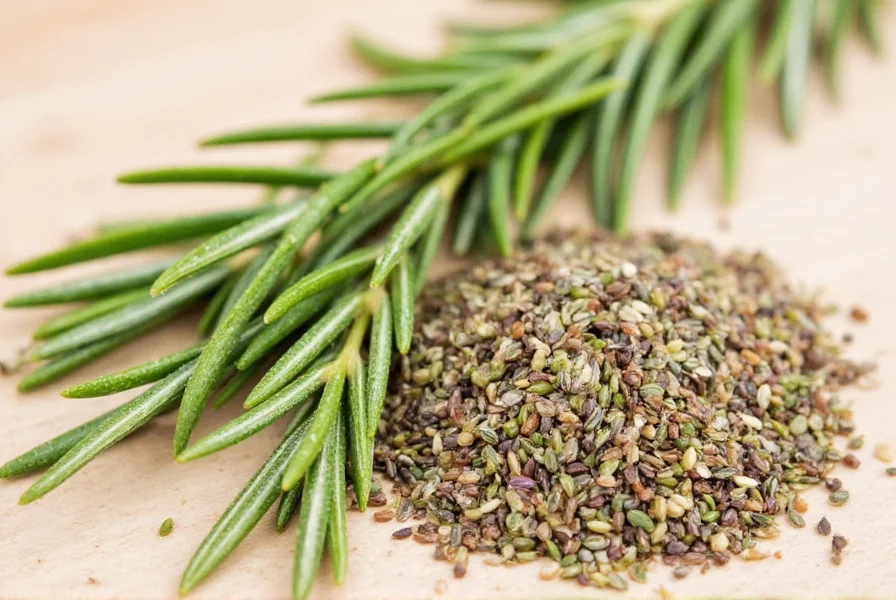
What is Rosemary Seasoning?
Rosemary is a fragrant evergreen herb native to the Mediterranean region. Known for its needle-like leaves and piney aroma, it's one of the most beloved herbs in kitchens across the world. Whether fresh or dried, rosemary seasoning adds depth and complexity to everything from roasted meats to savory breads.
The key to using rosemary successfully lies in understanding how its flavor develops and interacts with other ingredients. Too much can overwhelm a dish, but the right amount brings warmth and a touch of earthiness that's hard to beat.
A Sprig of History
Rosemary has been revered since ancient times. The Romans used it in religious ceremonies and as a symbol of remembrance. In medieval Europe, brides wore rosemary in their hair as a token of love and loyalty. And during the Renaissance, it was believed to enhance memory—Shakespeare even referenced this in his play Hamlet.
Fast forward to today, and rosemary is celebrated not only for its symbolic value but also for its culinary versatility and health benefits. Rich in antioxidants and anti-inflammatory compounds, it's more than just a seasoning—it's a powerhouse herb.
| Type | Flavor Profile | Best Uses | Shelf Life | Tips |
|---|---|---|---|---|
| Fresh Rosemary | Mild, herbal, slightly citrusy | Soups, stews, roasted meats | Up to 2 weeks refrigerated | Chop finely before adding |
| Dried Rosemary | Concentrated, earthy, woodsy | Baking, spice blends, marinades | 6–12 months sealed | Grind before use for better distribution |
Flavor Pairings That Make Magic with Rosemary
Rosemary plays well with many ingredients. Here are some classic pairings that bring out its best:
- Lemon: Brightens up rosemary's earthy tones, perfect for roasted chicken or fish.
- Garlic: A dynamic duo! Ideal for sautéed veggies or steak rubs.
- Olive oil: The base for infused oils and dipping sauces.
- Lamb: This combo is iconic in Mediterranean cuisine—try it with a leg of lamb roast.
- Citrus fruits: Oranges and grapefruit balance rosemary's woody notes beautifully.
- Honey: Adds sweetness that contrasts rosemary's intensity—great in glazes and desserts.
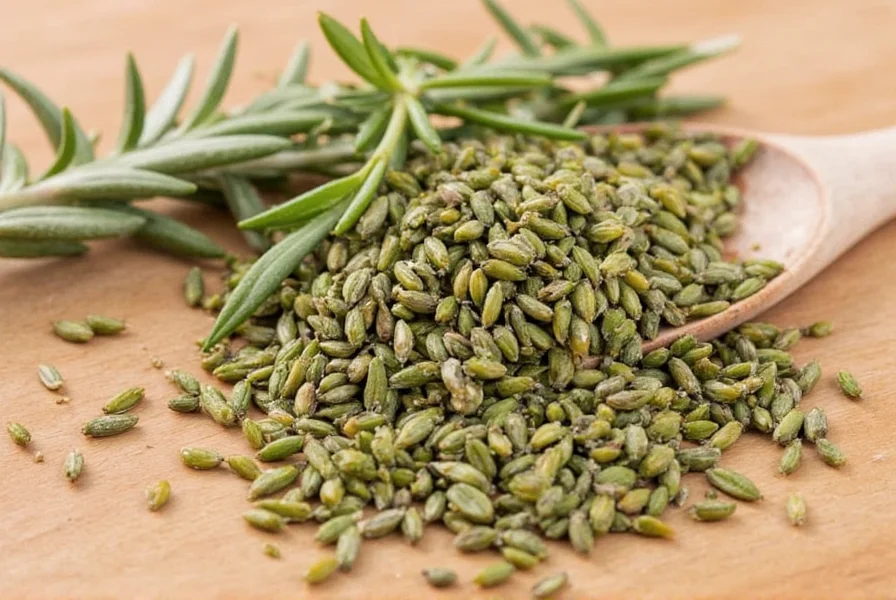
Buying Guide: Choosing the Best Rosemary Seasoning
Whether you're shopping for fresh sprigs or ready-to-use ground rosemary, here's what to look for:
Fresh Rosemary
- Appearance: Vibrant green needles, firm to the touch
- Smell: Strong, pine-like aroma
- Source: Local markets or grocery stores with good turnover
- Price: Typically $2–$4 per bunch
- Best For: Roasting, grilling, infusions
Dried Rosemary
- Color: Uniform greenish-gray hue
- Smell: Earthy, aromatic, not musty
- Brand: Choose organic or reputable spice brands like McCormick, Simply Organic, or Spice Islands
- Price: Around $5–$8 per jar
- Best For: Baking, marinades, seasoning mixes
Pre-Made Rosemary Seasoning Blends
- Examples: Herbes de Provence, Italian seasoning, garlic-rosemary blend
- Advantages: Time-saving, balanced flavor profiles
- Usage: Sprinkle on fries, mix into dips, season grilled veggies
- Target Audience: Busy home cooks, beginners, or those who enjoy convenience
- Occasions: Everyday meals, quick dinners, holiday roasts
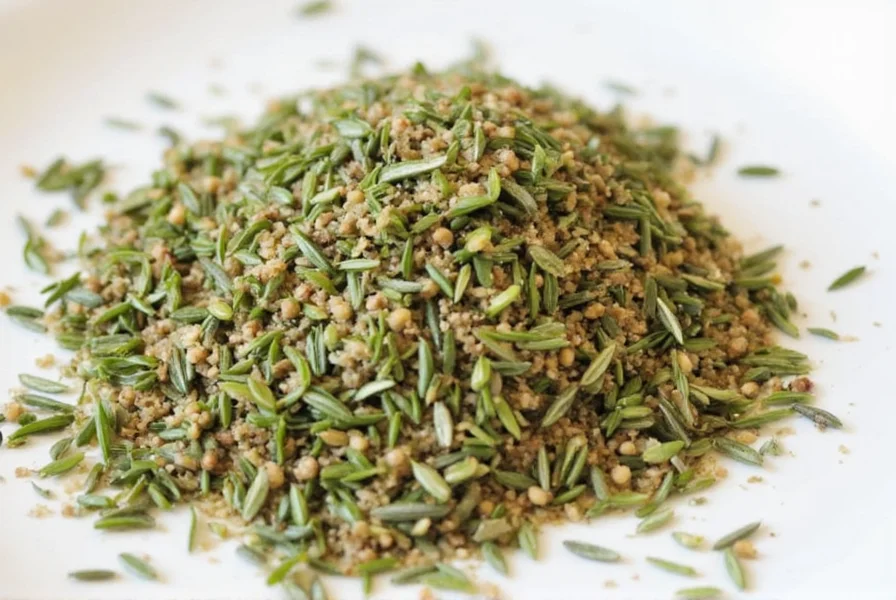
Simple Recipes to Try at Home
- Rosemary Garlic Fries: Toss potato wedges with olive oil, minced garlic, and crushed rosemary. Bake at 425°F (220°C) for 25–30 minutes.
- Lemon-Rosemary Chicken Skillet: Sear chicken breasts with lemon slices, rosemary sprigs, and white wine. Simmer until tender and serve with rice or crusty bread.
- Rosemary Honey Glazed Carrots: Boil carrots until tender, then toss in a pan with honey, butter, and chopped rosemary until glazed.
- Rosemary Olive Oil Bread: Add 1–2 tbsp of finely chopped rosemary to your favorite bread dough before baking for a rustic, aromatic loaf.
- Spiced Rosemary Nuts: Toss almonds or pecans with melted coconut oil, rosemary, paprika, salt, and sugar. Roast at 350°F (175°C) for 10–12 minutes for a crunchy snack.
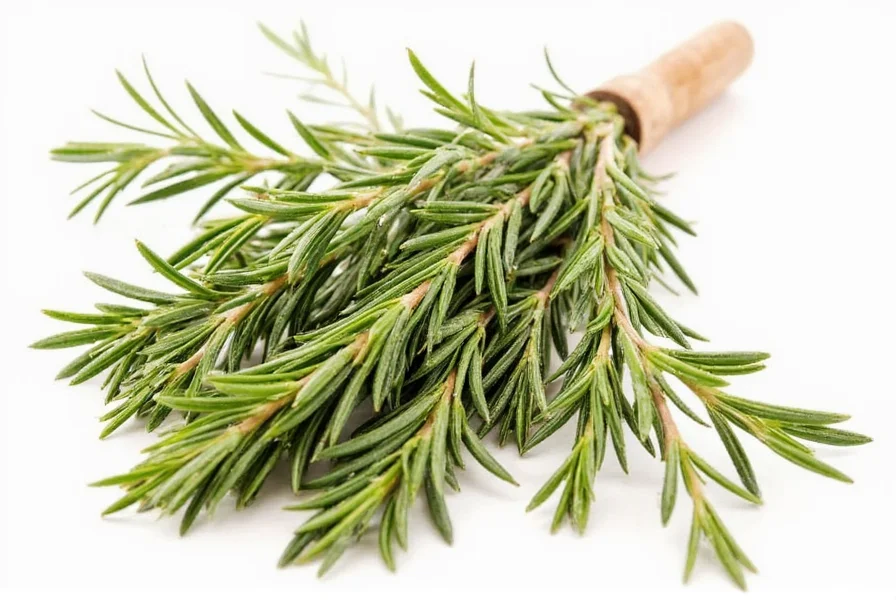
Frequently Asked Questions About Rosemary Seasoning
Is "rose mary" the correct spelling, or is it "rosemary"?
The correct spelling is "rosemary" as one word. "Rose mary" is a common misspelling. Despite the name containing "mary," it's always written as a single word: rosemary. The herb's name comes from the Latin "ros marinus," meaning "dew of the sea," not from the name Mary.
How much rosemary should I use in my recipes?
Rosemary is potent, so use it sparingly. As a general rule, start with 1/4 to 1/2 teaspoon of dried rosemary or 1-2 teaspoons of fresh chopped rosemary for most dishes serving 4 people. Remember you can always add more, but you can't remove it once added. The 10 Essential Tips section above provides more detailed guidance for specific cooking methods.
Can I substitute dried rosemary for fresh, and vice versa?
Yes, but with adjustments. The general conversion is 1 teaspoon of dried rosemary equals 1 tablespoon of fresh rosemary. Dried rosemary has more concentrated flavor, so use less when substituting. Fresh rosemary works better in dishes with shorter cooking times, while dried is better for long-simmering recipes where it has time to rehydrate and release its flavor.
Why does my rosemary taste bitter in my dishes?
Bitterness usually comes from using too much rosemary or adding it at the wrong time. Rosemary contains compounds that can become bitter when overcooked. For best results, add fresh rosemary toward the end of cooking for sautéed dishes, but at the beginning for roasting where the flavors have time to mellow. Also, make sure you're using high-quality rosemary that isn't past its prime.
How can I tell if my dried rosemary has gone bad?
Dried rosemary loses potency over time. Signs it's past its prime include: faded color (should be greenish-gray, not brown), weak aroma (should have a strong piney scent), and musty smell. Properly stored in an airtight container away from light and heat, dried rosemary stays potent for 6-12 months. If it doesn't smell strongly when crushed, it's time to replace it.
What are the health benefits of rosemary seasoning?
Rosemary contains antioxidants and anti-inflammatory compounds. It's rich in rosmarinic acid, which may help protect against cellular damage. Some studies suggest rosemary may improve memory and concentration, which is why it was traditionally associated with remembrance. It also contains iron, calcium, and vitamin B6. However, like all herbs, it should be consumed as part of a balanced diet for maximum health benefits.
Final Thoughts
Rosemary seasoning isn't just a kitchen staple—it's a game-changer. With its bold flavor and incredible versatility, a few sprigs can elevate both simple snacks and elaborate feasts. Whether you're a seasoned chef or a curious home cook, mastering rosemary opens up a world of delicious possibilities.
From choosing the right type to knowing when and how to use it, these tips will help you harness the power of rosemary like a pro. So next time you see a bunch of rosemary in the market, don't hesitate—grab it, experiment, and let your kitchen smell like a Mediterranean dream.

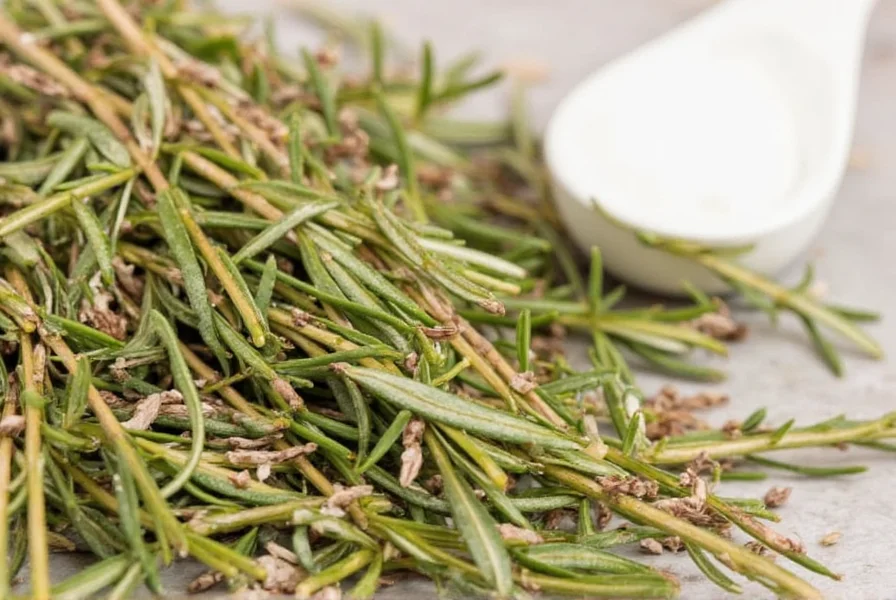









 浙公网安备
33010002000092号
浙公网安备
33010002000092号 浙B2-20120091-4
浙B2-20120091-4